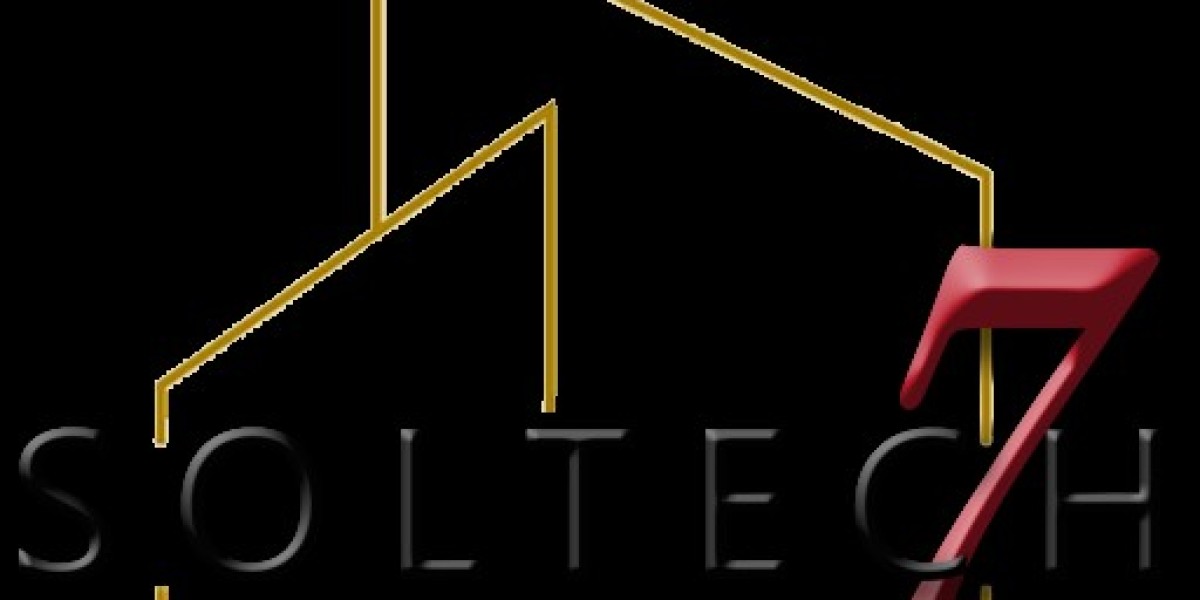The global cooling tower market was estimated at USD 3.85 billion in 2023 and is projected to grow at a compound annual growth rate (CAGR) of 4.5% from 2024 to 2030. Several factors contribute to this anticipated growth, most notably stringent government environmental regulations and rising concerns associated with the emissions and plumes generated by the power generation and chemical industries. Cooling towers serve a critical function in these sectors by helping to mitigate environmental impacts. They are essential components in HVAC (Heating, Ventilation, and Air Conditioning) systems, which play a vital role in ensuring a cool and comfortable environment in large commercial buildings, including office complexes, airports, hospitals, conference centers, and hotels. As commercial construction projects continue to rise globally, along with a steady increase in HVAC installations, the market prospects for cooling towers are expected to strengthen significantly in the coming years.
Investment in construction, particularly within the power sector in the United States, saw growth from USD 110,610 million in December 2022 to USD 111,598 million in January 2023. Similarly, spending in the manufacturing sector rose from USD 131,894 million to USD 139,770 million during the same period. This increased financial commitment to manufacturing and power facilities is expected to drive demand for cooling towers across the nation. These systems are crucial for effectively removing excess heat generated in various industrial facilities, contributing to safer operational conditions. As investments in the U.S. continue to focus on bolstering the industrial sector, advancing construction firms, and improving the installation of eco-friendly products aimed at minimizing pollution, these factors are poised to further propel market growth.
Gather more insights about the market drivers, restrains and growth of the Cooling Tower Market
Application Insights
When examining the market based on application, the industrial segment emerged as the dominant force in 2023, accounting for over 28.9% of the revenue share. Cooling towers are integral components installed within industrial facilities to manage the heat produced in excess by machinery and processes. The establishment of new industrial facilities worldwide has led to a surge in the demand for cooling towers, as they are indispensable in ensuring operational efficiency.
Cooling towers serve dual purposes, being utilized for both industrial and HVAC applications, as highlighted by the U.S. Department of Health and Human Services. They contribute significantly to the energy-efficient and economical operation of HVAC systems. For instance, over 1,500 industrial enterprises consume vast amounts of water to maintain the cooling of their equipment, and this increasing adoption of HVAC systems is expected to further drive the demand for cooling towers over the forecast period.
In the oil and gas industry, water flow rates are exceedingly high, necessitating effective cooling solutions. Industrial equipment in oil and gas refineries is often equipped with circulating water systems to cool fluids and absorb process heat. Given the substantial heat generated by industrial processes, cooling towers play a vital role in managing this heat load while addressing any industry-specific challenges. Proper heat management is crucial, as failure to do so can lead to operational disruptions.
For example, Paharpur provides advanced cooling towers featuring flame-retardant PVC fillings and fiberglass to ensure safety under varying damage risks. In particular, crude petroleum refineries, especially those dealing with natural gas, may contain dissolved hydrogen sulfide (H2S) gas, which is highly toxic. To enhance safety measures, the company offers hazardous gas detectors that alert operators when toxicity levels reach critical thresholds, thereby safeguarding personnel and the surrounding environment.
The significance of cooling towers in both industrial and HVAC applications underscores their importance in facilitating efficient heat management across various sectors. As industries continue to evolve and regulatory frameworks tighten, the demand for reliable and efficient cooling tower systems is expected to grow. This trend reflects a broader commitment to environmental sustainability and operational efficiency, as organizations increasingly prioritize the adoption of technologies that reduce their environmental footprint while ensuring safe and effective industrial processes.
In summary, the global cooling tower market is well-positioned for growth due to various driving factors, including regulatory compliance, increasing industrial activity, and the ongoing evolution of HVAC technologies. With applications spanning multiple sectors, cooling towers will continue to play a pivotal role in promoting efficient and environmentally responsible operations across industries. The focus on innovation, coupled with growing awareness of environmental issues, will likely lead to enhanced designs and more efficient cooling solutions in the years to come, further solidifying the market's trajectory.
Order a free sample PDF of the Cooling Tower Market Intelligence Study, published by Grand View Research.



